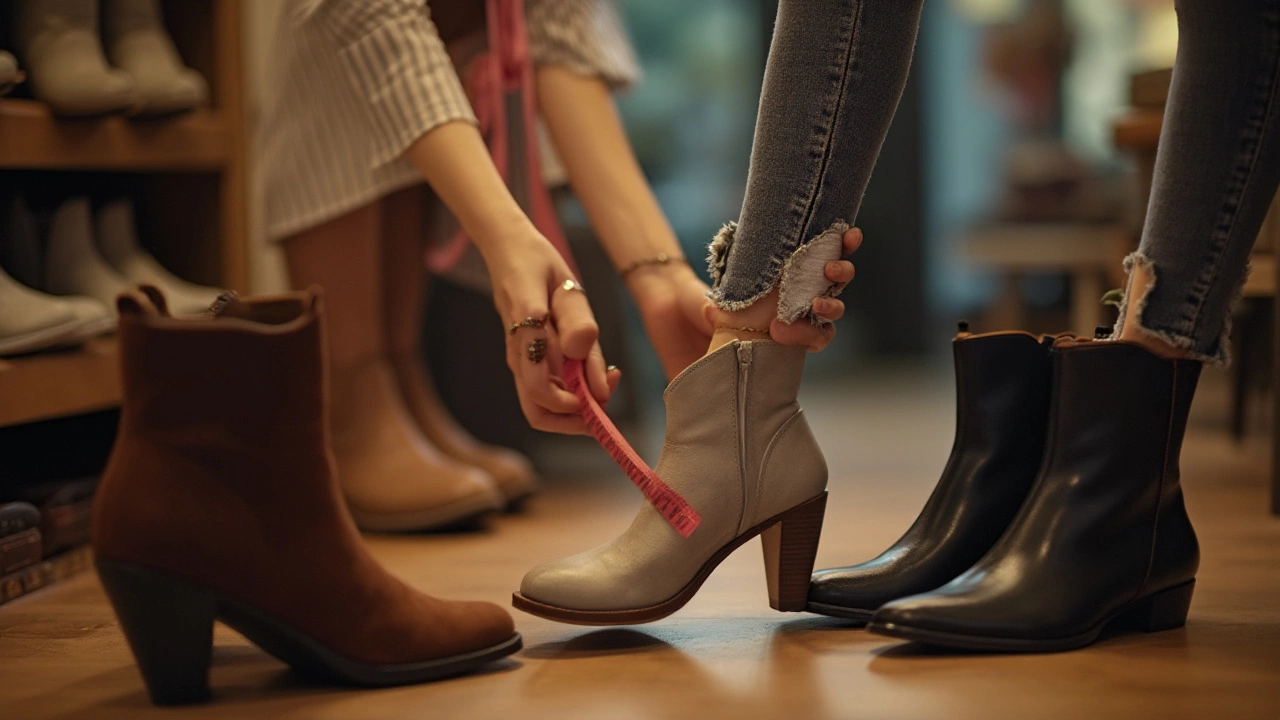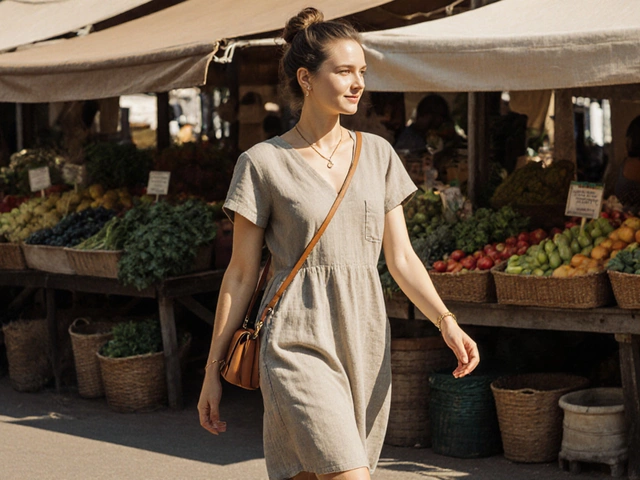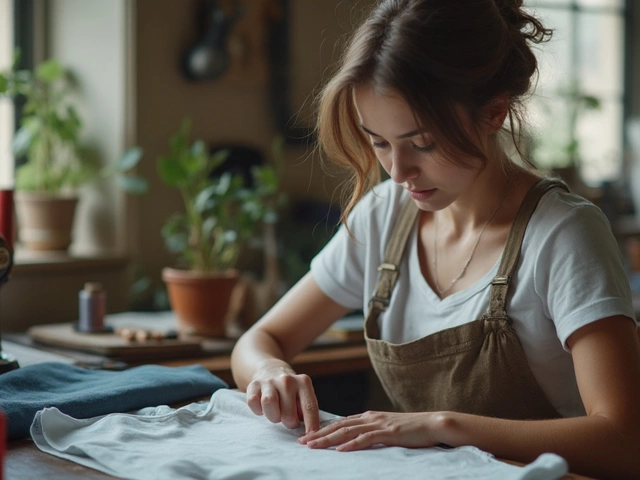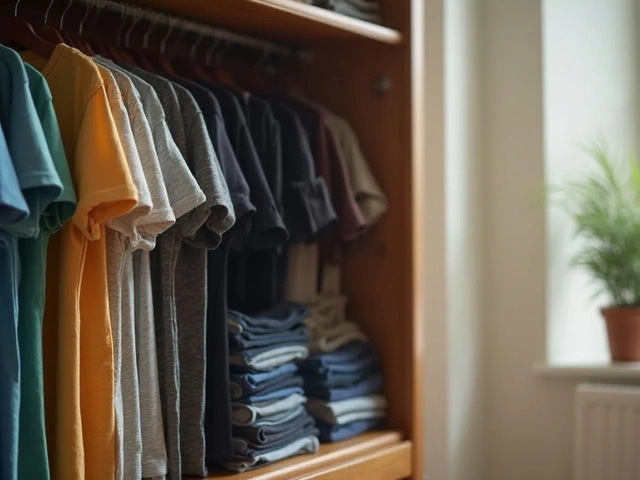Toe Position: The Simple Guide to Comfortable Shoes
Ever wondered if your toes should be snug against the front of your shoe or have a little space? The answer can change how your feet feel at the end of the day. A good toe position keeps you from blisters, numbness, and that annoying black toenail. Below we break down why it matters and what you can do right now.
Why Toe Position Matters
When you walk, your foot slides a bit forward with each step. If there isn’t enough room, the toe hits the shoe’s end and causes pressure. That pressure shows up as pain, cramped toes, or even swelling. On the other hand, too much space lets your foot slide around, which can make your heel lift and lead to blisters.
Most foot experts say you should see about a thumb’s width (roughly half an inch) between the tip of your longest toe and the inside of the shoe. This tiny gap lets the toe move naturally without hitting the box.
Practical Tips for the Perfect Toe Room
1. Try shoes on later in the day. Your feet swell a bit after you’ve been up and moving, so trying on shoes when they’re at their largest gives a more realistic fit.
2. Stand up while you test the fit. Sitting can hide a shoe that’s too tight. When you stand, your weight pushes the foot forward and shows you if the toe box is cramped.
3. Use the “wiggle test.” Slip your foot in and wiggle your toes. You should feel a little movement, not a tight squeeze.
4. Check the width. A shoe that’s too narrow forces your toes to splay unnaturally. Look for a shoe that follows the natural shape of your foot, especially in the forefoot.
5. Consider the shoe’s shape. Round‑toed and square‑toed shoes often give more room than pointy styles. If you love a sleek look, look for brands that design a wider toe box while keeping the silhouette slim.
6. Replace worn shoes. Over time the toe box can compress, reducing space. If you notice new foot pain, it might be time for a fresh pair.
7. Try insoles. Sometimes a thin, supportive insole can give you a better fit without changing the shoe’s outer shape.
Keeping the right toe position isn’t a luxury—it’s basic foot health. A small amount of space can prevent years of foot problems. Next time you shop for shoes, remember the thumb‑width rule and do the wiggle test. Your feet will thank you when you’re standing, walking, or even just sitting down.
Got a favorite pair that feels tight? Slip a thin pair of socks on and try the shoes again. If they still feel cramped, it’s a sign they’re not right for you. No excuse to suffer through pain—there are plenty of styles that respect your toe position.
So, whether you’re buying running shoes, work boots, or a stylish night out pair, focus on the toe box first. A comfortable toe position means a happier you, and that’s the real win.

Finding the Perfect Fit for Women's Thursday Boots: Toe Positioning Guide
Understanding the ideal toe position in women's Thursday boots is essential for comfort and style. The right fit can prevent discomfort and help maintain the boot's structure. This article dives into tips on measuring your foot, signs of a correct fit, and common mistakes to avoid. Additionally, it sheds light on maintaining comfort for various activities and the importance of considering foot shape and boot design.




